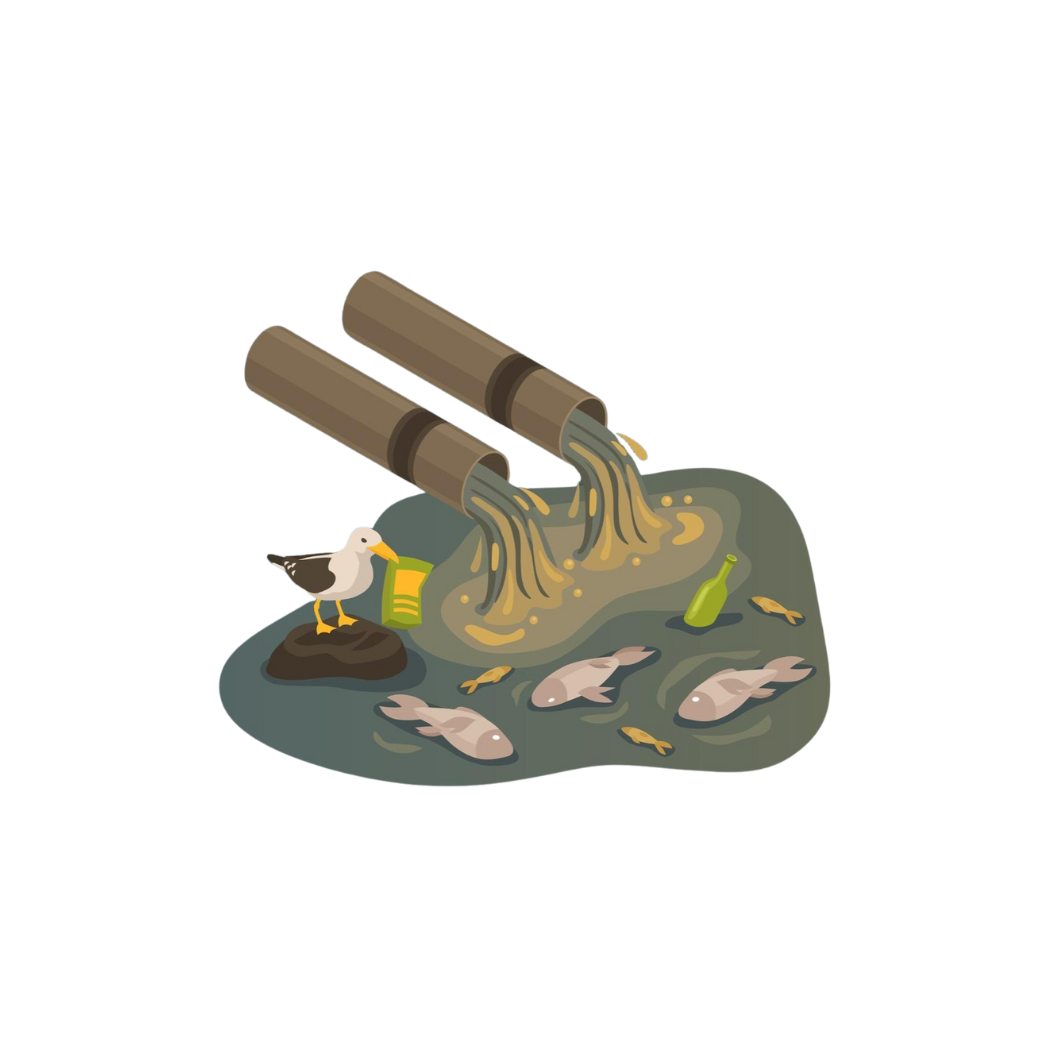
Green Infrastructure | Stormwater Retention | Water Stewardship
Transforming nature based solutions into verified, tradable assets to drive sustainable development and climate resilience. Learn more
Harnessing Nature for Resilient Communities.
The Vision
Harnessing the intrinsic value of rain to fight runoff pollution and freshwater scarcity.
Accelerating sustainable water stewardship with access to a regenerative, decentralized water economy.💧
Water conscious
Resilient communities
Healthier habitats
“Polluted runoff is one of the greatest threats to clean water in the U.S.” -EPA.gov
Stormwater runoff is the top source of toxic pollution in waterways, carrying oil, fertilizers, pesticides, and debris from streets to streams, rivers, and oceans.
Stormwater
An Overlooked Threat and a Critical
THE PROBLEM
-
Left unmanaged, runoff flows directly into our streams, lakes, and marine ecosystems, bypassing treatment systems and introducing pollutants that can have far-reaching environmental and public health impacts.These chemical pollutants can harm not just a beach, but an entire ecosystem. Tiny microbes, such as plankton or algae, absorb pollutants in the runoff. Fish or shellfish consume the microbes or absorb the pollutants directly. Animals such as birds consume the fish, increasing the level of pollutants in their own bodies. This process in which the concentration of a substance increases as it passes up the food chain is called biomagnification. 🔗
-
Eutrophication, the gradual increase in the concentration of phosphorus, nitrogen, and other plant nutrients in aquatic ecosystems. Among the most concerning consequences is nutrient loading— runoff from lawn fertilizers, pet waste, and decaying organic matter—which fuels harmful algal blooms. These blooms reduce oxygen levels, create dead zones, destroy aquatic habitats, and pose risks to both wildlife and human communities by contaminating drinking water supplies. 🔗
-
Additionally, combined sewer overflows (CSOs)—which route stormwater, household sewage, and industrial wastewater through the same pipeline—can become overwhelmed during periods of heavy rain. When capacity is exceeded, untreated wastewater is released directly into natural waterbodies, compounding the risks to ecosystems and public health. 🔗
OPPORTUNITY
“One-third of Washington’s water doesn’t meet state water quality standards due to polluted stormwater runoff.”
Many of the water systems that keep ecosystems thriving and feed a growing human population have become stressed. Rivers, lakes and aquifers are drying up or becoming too polluted to use. More than half the world’s wetlands have disappeared. 🔗







